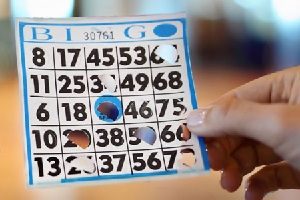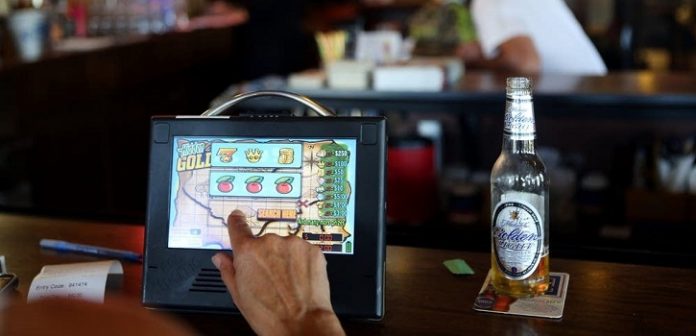Minnesota lawmakers want to change the rules regarding how charities distribute their gambling revenue. Proponents of the proposal say the revenue could benefit youth programs that combat poverty. Minnesota is considered one of the most charitable states in the nation. Residents give more money to charity than 40 other states. Minnesotans also regularly volunteer their time. However, if the state allowed youth programs to benefit from charity gambling, organizations would be able to help more children.
What Is Charitable Gambling?
 A lot of states have charitable gaming laws. Many states offer bingo games, millionaire nights or charity raffles. The money collected goes to charity. For example, in some states, veterans’ organizations hold charity bingo games and the organizations keep the proceeds. However, Minnesota has broader definitions of charitable gambling. In Minnesota, you can gamble for charity at 3,300 locations and benefit more than 1,400 charities. The revenue must go to a charity, with a percentage for administrative fees.
A lot of states have charitable gaming laws. Many states offer bingo games, millionaire nights or charity raffles. The money collected goes to charity. For example, in some states, veterans’ organizations hold charity bingo games and the organizations keep the proceeds. However, Minnesota has broader definitions of charitable gambling. In Minnesota, you can gamble for charity at 3,300 locations and benefit more than 1,400 charities. The revenue must go to a charity, with a percentage for administrative fees.
Types of Charity Gaming in Minnesota
There are four types of charity gambling approved in Minnesota. Charities can have bingo games, with a maximum payout of $200 per game, and $2,800 per evening. Charities can also give out pull-tabs, which is very similar to a ticket. Instead of scratching off the winning numbers, a person pulls the paper away from the ticket. Paddlewheels are a form of gambling as well. Paddlewheels are roulette wheels, and people win by picking the correct number the wheel will land on. Paddlewheels can pay $70 per prize. Minnesota has also approved tipboards for gambling. Tipboards are a form of numbers game. People pick the number of squares they want to purchase. The winning number is hidden under a square. Tipboard prizes cannot be more than $599 for a single prize.
What Has to Change in Minnesota Law?
 Currently, a lot of youth programs in Minnesota benefit from the charitable games. However, in the poorest neighborhoods, there are not a lot of youth programs available. This is especially true in cities, such as St. Paul. The city has underfunded the youth programs in those areas. Many youth programs are missing a key funding source.
Currently, a lot of youth programs in Minnesota benefit from the charitable games. However, in the poorest neighborhoods, there are not a lot of youth programs available. This is especially true in cities, such as St. Paul. The city has underfunded the youth programs in those areas. Many youth programs are missing a key funding source.
Both the St. Paul City Council and state legislators want to make sure areas of concentrated poverty receive the revenue. They also want youth programs to directly benefit the neighborhoods they serve. Some examples of charitable gambling programs in neighborhoods could be after-school activities, sports organizations, and social service organizations. The Boy Scouts are an example of a service organization.
The current law in most of Minnesota allows charities to receive a state license for charitable gambling. If the organization has a license, it must give 10 percent of its revenue to youth programs. However, some charities do not have programs that benefit youth directly. For example, some charity programs benefit seniors, such as the Meals on Wheels Program. A law change would require these charities to also give their gambling revenue to youth programs in poor neighborhoods.
Not all the charities that would fall under this bill are excited about the possible change. Youth programs that do not directly benefit underprivileged youth but do benefit young people aren’t happy. That is because many youth organizations do not specifically address youth poverty. For example, St. Paul has a Shakespeare program for young people during the summer. Under the possible new guidelines, this organization would not qualify for charitable gambling. Also, many charities do not directly serve youth but are working within the community to eliminate barriers. It is unclear whether the new law will have enough traction to pass.
Disclaimer: All images are copyright to their respective owners and are used by USA Online Casino for informational purposes only.












